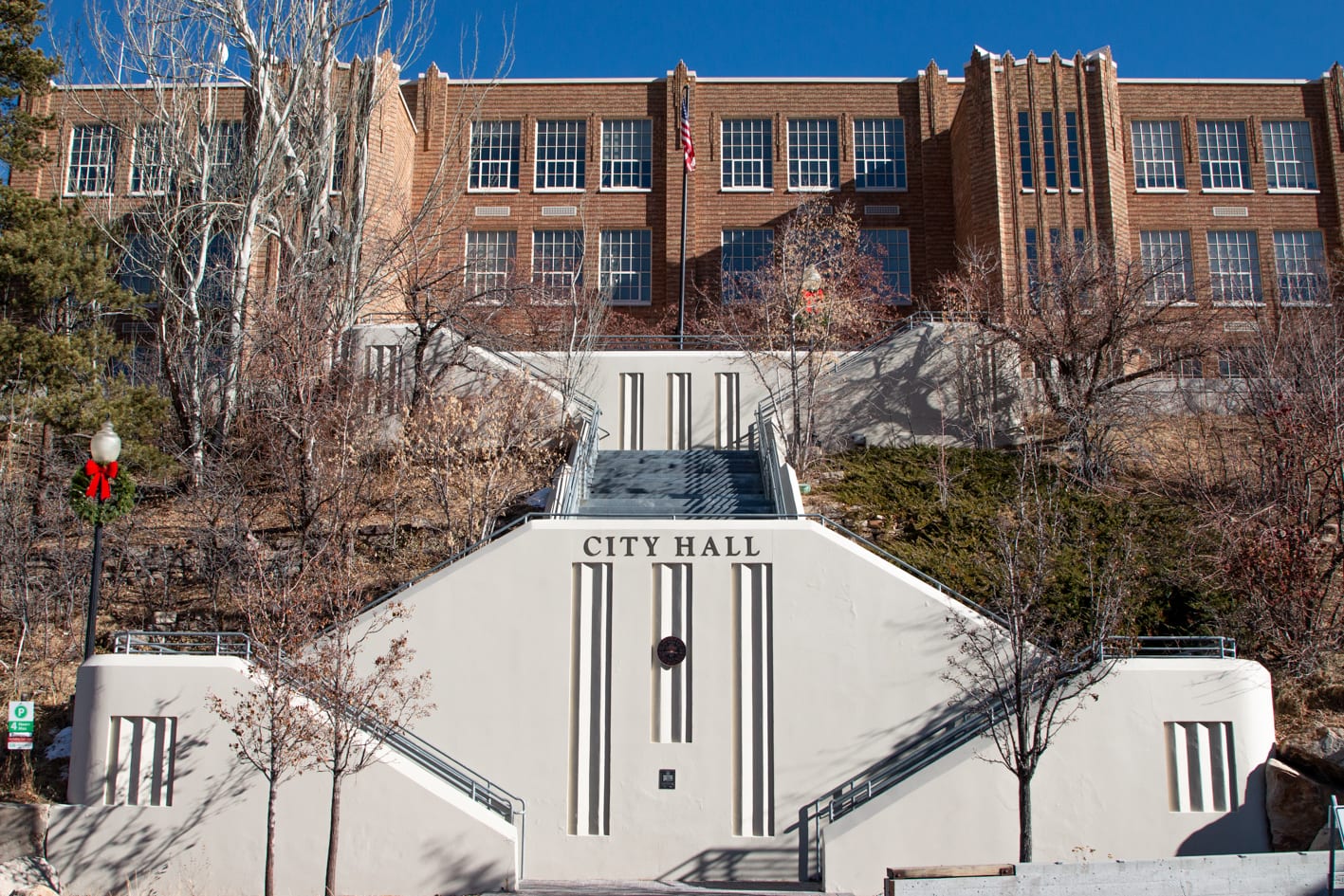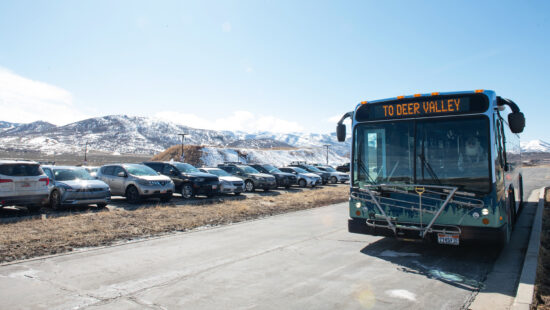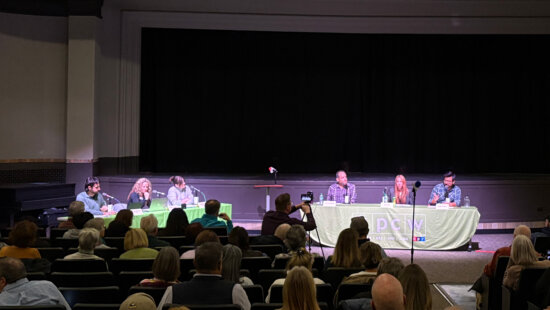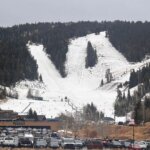News
City Council candidates express thoughts on traffic and housing
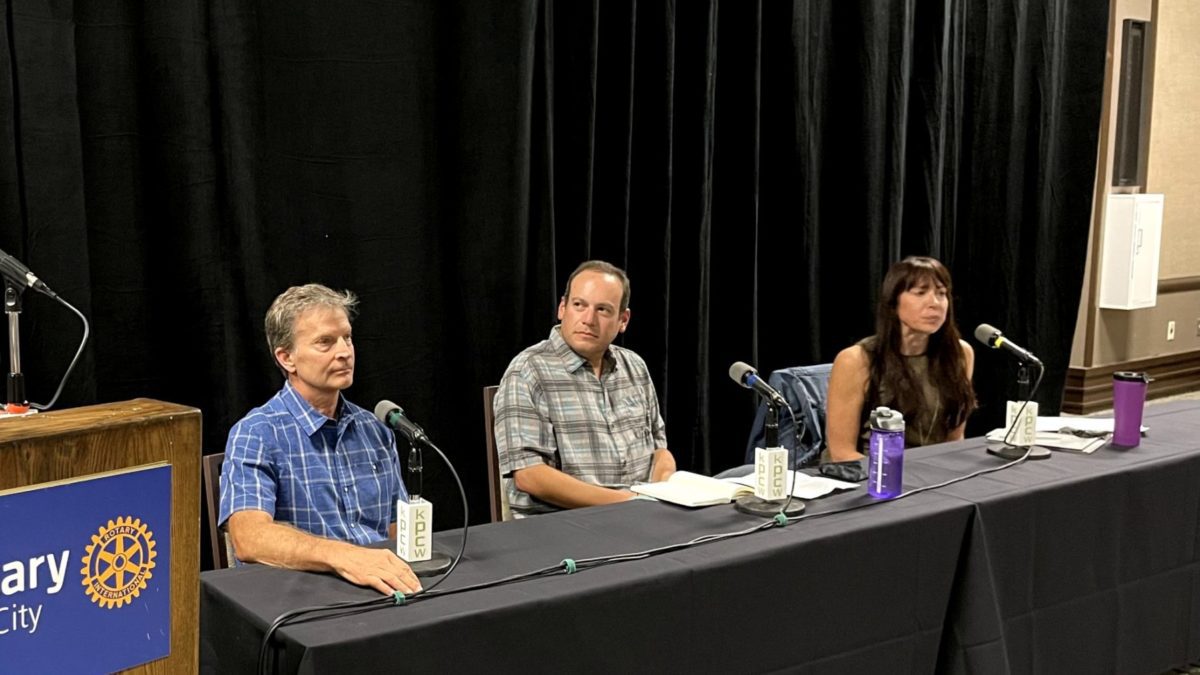
City Council candidates from left to right — Tim Henney, Jeremy Rubell, Tana Toly. Photo: Tom Kelly
PARK CITY, Utah — At a debate sponsored by the Park City Rotary Club, City Council candidates Tim Henney, Tana Toly, and Jeremy Rubell were asked about various topics. Townlift has provided a full transcript below of the candidates’ answers pertaining to two important topics for Parkites — traffic and affordable housing.
Affordable housing
Jeremy Rubell — “Housing is a big issue. I’ve actually been involved in the real estate industry a bit in my past and know enough to be dangerous in that area, although I wouldn’t claim to be an expert. I think we have to get creative. I like the conversation that happened just this past week, on accessory dwelling units, those options. I like the conversation that happened a month or so ago, around light deed restrictions, and I am fully supportive of that and I’ll keep promoting it. I also like the ideas of getting creative with our zoning, which is one of the tools we would have on the City Council to influence how development moves forward. Look at mixed-use, look at essentially hitting a lot of different topics with the same solutions — which is something that I’ll also bring forward from my professional career. And in this case, you know one way we can solve our road congestion and safety is by not having people need to take transit or need to get in their car. If we bring developments towards locals, which is really what our priority should be as a City, that would really improve our quality of life and we wouldn’t be having the discussion about what the problems are. We’d be having the discussion around what the solutions are.”
Tana Toly — “I would add on to what Jeremy said. I agree with what Jeremy has said, I would also say that there’s a place for us to start talking about what worker housing means and where we can have workers in this town. So there are quite a few spaces in this town that are very underutilized, and I think it’s time we take a look at places like City Hall, places like the parking garages, places where we actually own space and where could we actually be able to maybe put in some affordable housing. But this housing has got to represent the community that’s working here. I just heard recently that 14% of our community works in this town, and that’s 86% of people are either commuting in, or working from home, and that just isn’t a way that we can move forward. There are so many problems with transportation and affordability and I think we really need to take a look at the worker housing.
Tim Henney — “Since we recognized and called out and named affordable housing as a critical priority of the community, which wasn’t a new concept. Since I’ve lived here for 29 years, it’s always been top of mind and something that this community has struggled with. The council back in 2015 named some critical priorities and housing was one of those three — it was transportation, housing, and the environment. So we put a plan together to build 800 affordable units, affordable deed-restricted units, and that was one step and one prong in the approach. It’s a multi-pronged approach as Jeremy and Tana just acknowledged. We’ve got a light deed program that we’re analyzing and we think there’s a lot of traction and possibility there, and of course accessory dwelling units. Those are some of the elements, but we’ve been working hard on this one. We’ve delivered 150 units since we developed that plan and put in the funding and named the 800 units. So we’re well on our way. Tana is correct, every piece of property gets analyzed and looked at. We’ve talked about putting another layer on the top of China Bridge and doing micro units there for workforce. But you know there are a lot of nuances here. Who should be building housing for workforce? And is it seasonal workforce? Is it year-round workforce? Is that a community responsibility? Is that a business responsibility? Is that an HPCA responsibility? Is it a Chamber-Bureau responsibility? Who is responsible for doing this? I believe that there’s an obligation on the part of the community to provide affordable housing because the free market is not going to do it. It just will not, the model doesn’t work, and it shouldn’t. In a place where your median home price is $2.7 million, nobody’s going to build and sell any property for less than $1,000 a square feet. I mean that’s just the reality of what it is. So then whose responsibility is it? We’ve come a long way in acknowledging in this community that it is a community responsibility to create that first rung on the ladder and help people get here who would not otherwise be able to get here. Doesn’t solve the problem for everybody, but it certainly helps a few. And those 150 families or individuals who have moved in here since 2015, I can tell you they make an impact, they add to the fabric, and they’re part of the connective tissue. You look at the people who are living in the projects that we have brought to ground since 2015 and it is astounding. They are diverse, it’s an inclusive group, and it’s fabulous and they would not otherwise be here. So we’re making great progress we have a lot more to do, but I’m glad to hear everybody agrees with the direction and some of the programs that we’ve got underway.”
Traffic
Jeremy Rubell — “Another one that’s tough to answer in a minute or two here, but we’ll hit some highlights. I’ll start with a personal experience. I like to ride my bike from my house in Thaynes over to kind of the Bonanza area, Old Town once in a while also. And in just the last two days, I would say I had pretty good near misses, where I’m like why am I riding my bike? I mean, we really need to prioritize safety for pedestrians, cyclists. People aren’t going to get out of their cars if they don’t feel safe on the road. And we’ve had a number of projects that have been going on between the Thaynes neighborhood and the rest of town, where there’s literally not a continuous sidewalk, at least along 224 where it turns into Park from the two construction activities on both sides of the street. There’s also construction happening over by the cemetery. And yes, there’s reasons for all of it but it doesn’t matter, we’ve got to get better at that, we’ve got to make it safe for folks. We also have to sort of, let’s say, tailor the transit system more towards locals, and I think we have the opportunity to do that coming up here in the future, and I’m looking forward to being part of that conversation. I think we can learn a lot of what Summit County is doing in their territory and apply that locally and serve the neighborhoods here that haven’t been served all that well in the past. A lot of folks have been giving me the feedback out there that it feels like our transit system serves tourists, it brings them to the ski resorts and Main Street, and that’s about it. You can’t go to Smith’s market really effectively. It takes too long, it’s not worth it. You can’t go to the hospital. We don’t even really service Park City Heights all that well, which was a great project for affordable and attainable housing, so we’ve got to get better at that. And then working with our community partners, with the private businesses, with the school district, and really with anyone else out there who wants to listen and coming up with collaborative solutions. And let’s throw some crazy ideas out there, let’s look at pushing that envelope on aerial. Maybe it is the right answer, maybe it’s not. But let’s take the conversations further generally.”
Tana Toly — “Traffic and transportation is the number one focus that this city needs to concentrate on. We need to put all of our resources, our energy, our time into figuring out a way to solve this. All of our other issues lead into transportation and into traffic. So I’ll mention a few things. The City has been a big proponent of everyone getting on a bus, but until you change people’s behavior to want to ride the bus, we will not be getting everybody on a bus. A bold solution is not a bus, we have got to think bigger than this and we’ve got to think for the next 10 to 20 years. Just putting a mile and a half of a bus lane in 248 and 400 spots at Quinn’s, and then not requiring the full parking at Park City Mountain Resort is going to create a giant mess for us when this is all, when that development, whether it’s approved or not approved, is done. So I say we put everything we have into this, and like Jeremy said — if it’s aerial it’s aerial. If it’s perhaps looking at having a rail system that goes up Main Street, allows for cars but maybe it’s streetcars, then goes down Deer Valley Drive — and we look at maybe connecting through streetcars. But we have to make it accessible for people and we have to change that behavior. We are Americans, we love our cars. It spells freedom, and until that changes we can’t just tell people, especially people that are not on a bus route or who live in Park City — go park out at Quinn’s Junction and then take the bus to ski. That just does not work for us. There are about 2000 people south of PCMR, and most of those people are not on a bus route. We’ve got to think bigger, we’ve got to think bolder. And just this one-and-a-half lane is not going to cut it.”
Tim Henney — “I love the bus and I ride the bus whenever I can, and I rarely ride the bus so you know that’s kind of the conundrum we’re in here… We’re not trying to get everybody on the bus, we know that that’s impossible. We do know that there’s some low-hanging fruit and you know who that low-hanging fruit is, it’s the visitor. And if you see those buses in the winter during our peak times, they are packed. We were about to break the 3 million threshold with ridership prior to COVID, we were knocking on the door with 3 million riders. That is phenomenal. Now it’s difficult to tell people, all of us over the last eight years have experienced an increase in traffic, but if you put 3 million people back in their cars into this traffic system, if you put the traffic flow — the lights that are now synchronized, and take those police officers away from the corners — you remove all of that and I have to tell you, the traffic would be catastrophic. It would be failing all the time. Not just during peak season, but all the time. We have big buses because we have big events and people have to get from one location to another. And we have to do it on those big buses. That’s why we have those big buses, they are the technology of today — we’re electrifying the fleet. They are not the long-term solution or the long-term technology, and those are obvious statements. I mean those are things that we all know, but right now, this is what we’re working with. We have federal funding for those buses, we put a ton of money and energy and time and resources into transportation. It was recognized along with affordable housing and the environment as the three critical priorities seven years ago. So these are things that are fairly obvious. It’s also obvious that more can be done and we can do better. That’s what we’re constantly striving for in this community. And I’m proud of the progress this community has made. I mean, it’s just been astounding how many people do ride the bus, and I ride it when I can. I rode my bicycle here today because the bus wasn’t going to get me here on time. But you know that’s the reality of the situation.”
















